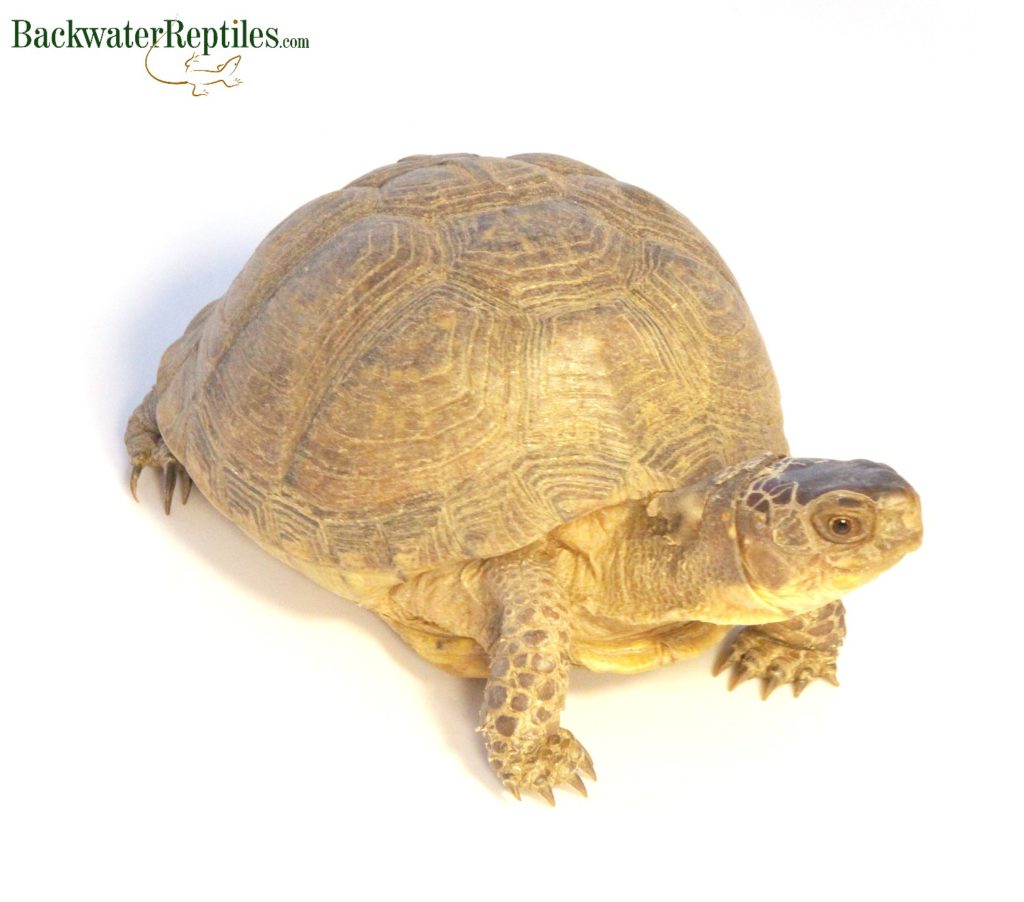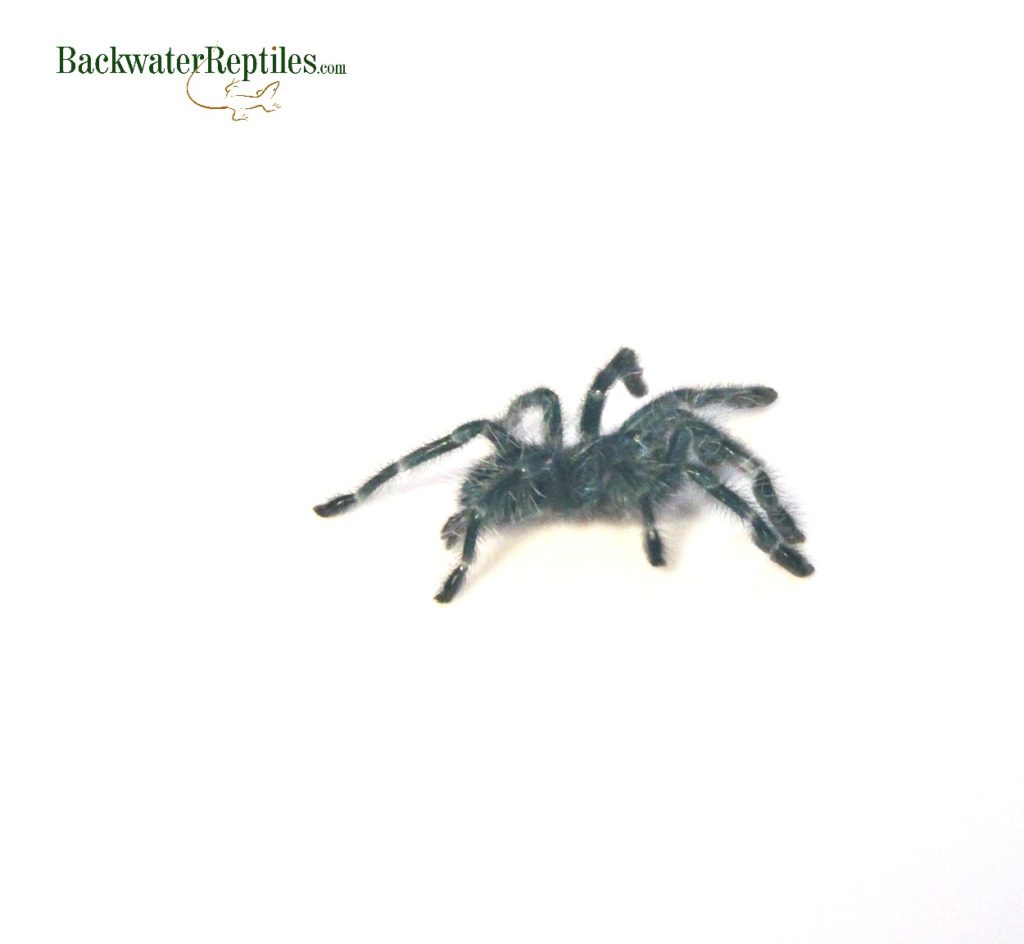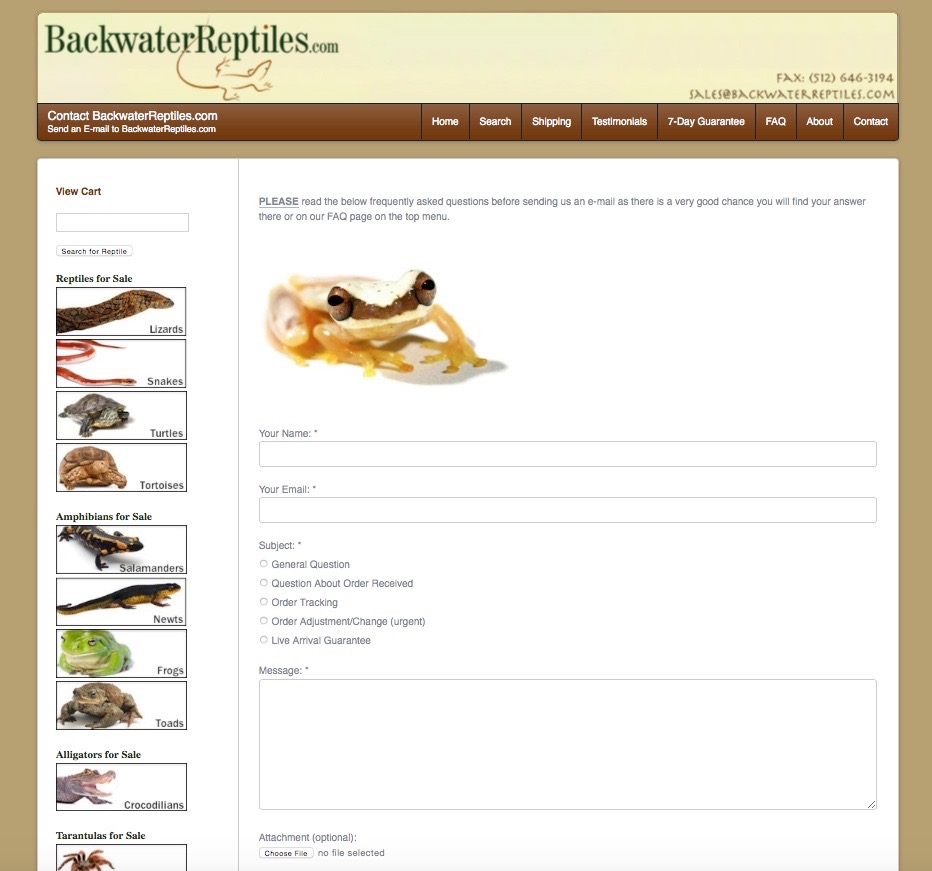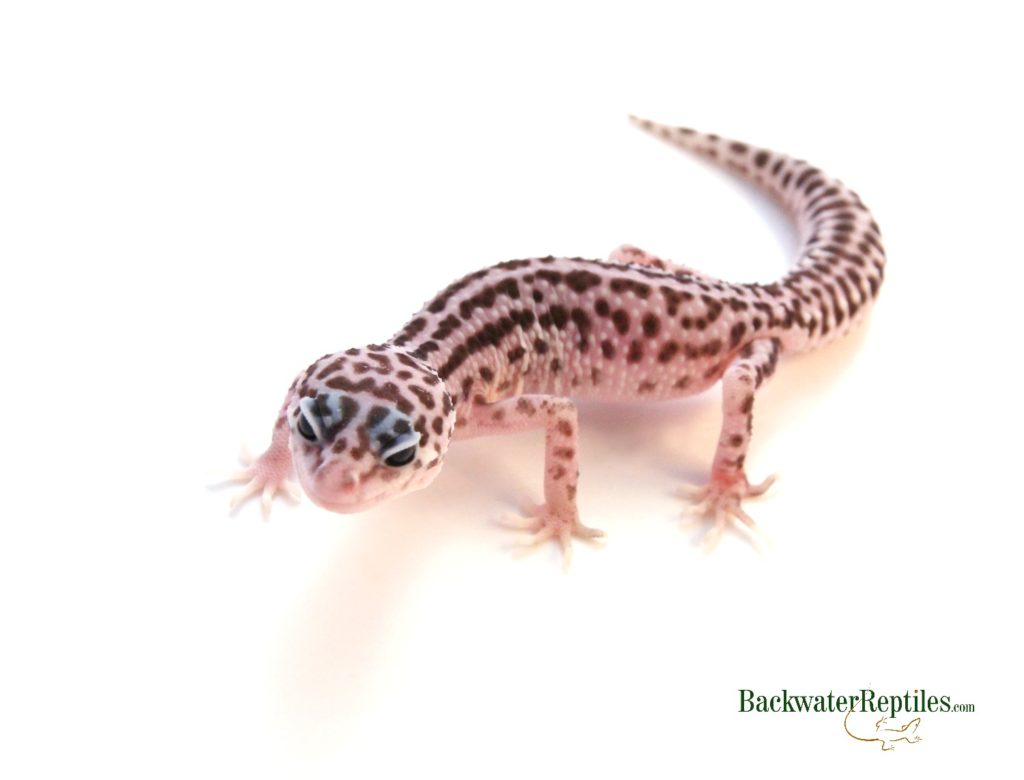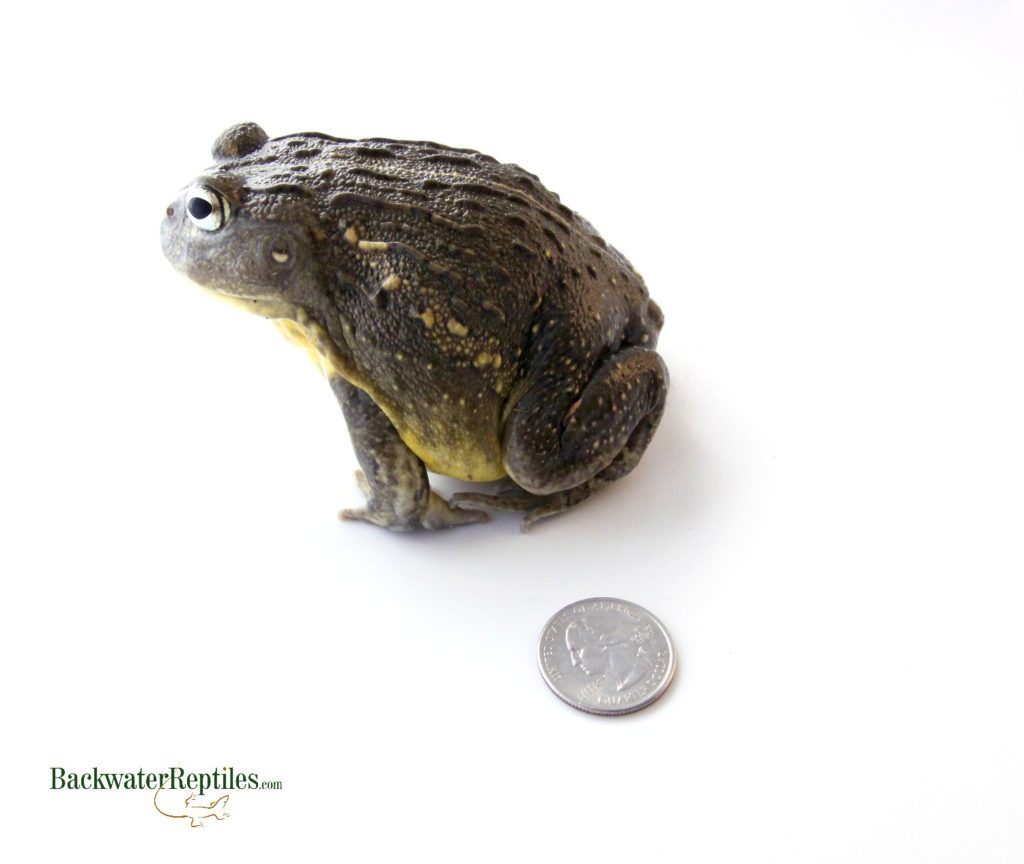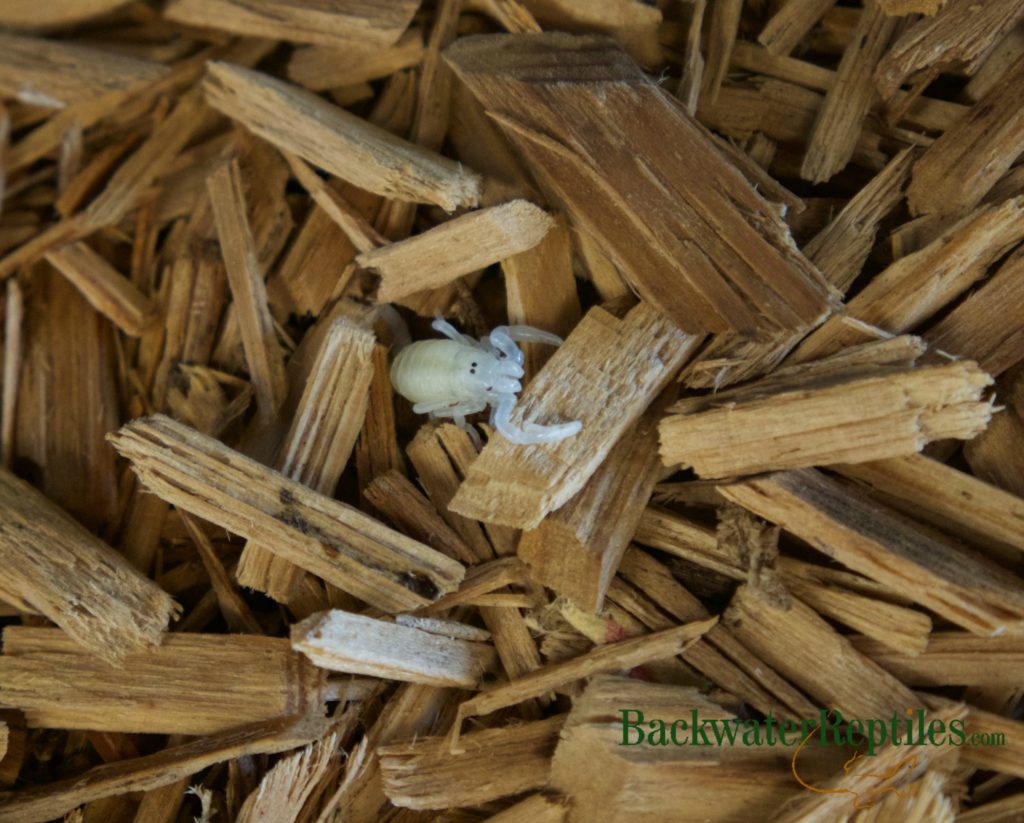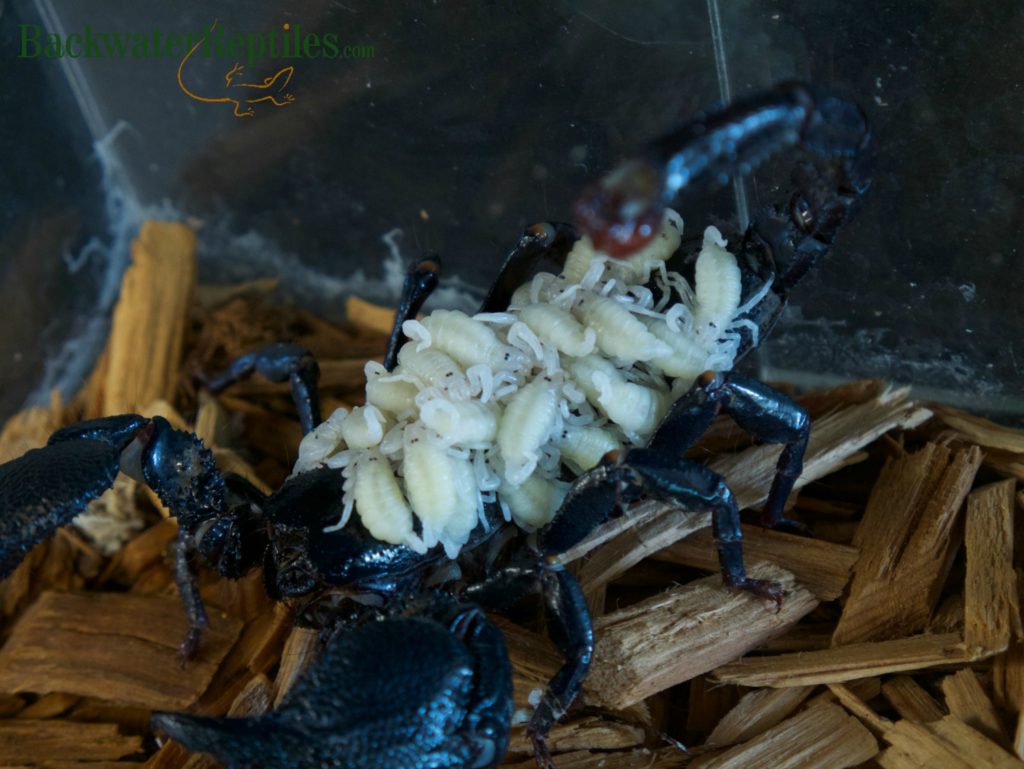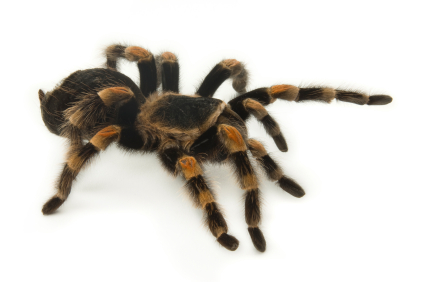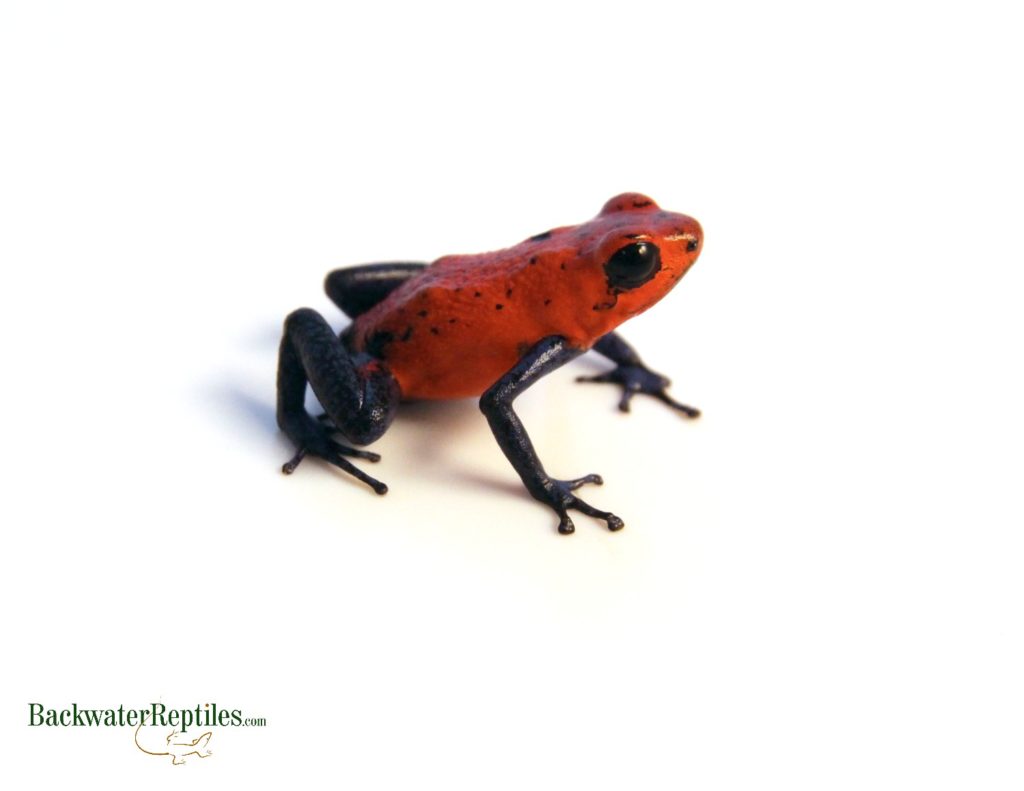One of the first things to consider when purchasing a non-traditional pet of any sort is where the animal will live. What type of cage or enclosure does it require to stay happy and healthy? How can you make sure your pet’s housing needs are met?
Because scorpions are pretty popular in the reptile hobbyist world (despite the fact that they’re obviously not reptiles!), we get asked a lot about scorpion care, housing, and husbandry. In this blog article we’ll answer the following questions:
Do scorpions make good pets?
What do you need to set up a scorpion enclosure?
How do I set up a scorpion enclosure?
What types of scorpions is this set up appropriate for?
Where can I buy a scorpion enclosure kit?
How to set up a scorpion enclosure
Do scorpions make good pets?
We certainly think that scorpions make great pets! However, they are certainly not for everyone.
Keep in mind that scorpions obviously have venomous, stinging tails and pinchers, so they can be dangerous if you don’t know how to handle one. Most people report that the sting of a scorpion feels similar to a bee sting and the effects of the venom vary from species to species, but usually, they don’t cause too much harm unless you happen to be allergic.
So, because scorpions require careful handling and a knowledge of how to handle a venomous invertebrate, we’d say make sure that you are not squeamish, afraid, or allergic before you decide to purchase a pet scorpion.
We’d also like to mention that scorpions are not meant to be interactive, social pets. They thrive when left alone to their own devices, so please don’t purchase a pet scorpion with the intent of handling it all the time. Scorpions are relatively secretive and will get stressed with too much human interaction.
So, the bottom line is if you are not allergic to scorpion venom, if you are okay with a mostly “look don’t touch” pet, and you aren’t squeamish around invertebrates, then a scorpion would make a great pet!
What will I need to set up a scorpion enclosure?
Believe it or not, scorpions cages are very simple. You don’t need a lot of room, decorations, or other accessories in order for your pet scorpion to thrive.
Listed below are the items needed to set up your pet scorpion’s home:
Cage/Enclosure/Home – This is a pretty obvious requirement. Clearly your scorpion will need an enclosed space of some sort to call its home. We recommend a clear plastic or glass box or tank so that you are able to view your scorpion when it emerges from hiding.
Ideally, your enclosure will be longer rather than it is taller and possess more horizontal space than it does vertical as scorpions are not arboreal invertebrates and won’t be doing any climbing.
We also highly recommend that your tank or cage have a lid. While it’s true that scorpions can’t really climb, especially up the walls of a glass tank, we do recommend it for safety purposes. A lid can help prevent many types of accidents and will also prevent your scorpion from getting out of its tank on the off chance that it is an escape artist.
Substrate – All scorpion cages should be lined with some sort of substrate. Scorpions can be burrowers, so make sure to choose a substrate that supports this habit. At Backwater Reptiles, we usually use coconut husk mixed with sand because it holds tunnels well and is very safe for the scorpion. However, depending on the species, you can use other types of substrates too.
Forest species will require some moisture, so substrates such as peat moss, coconut husk, and even orchid bark mixed with organic potting soil are all good options. Desert species such as the desert hairy scorpion, will require a much drier substrate. Sand is generally the best option for a desert species.
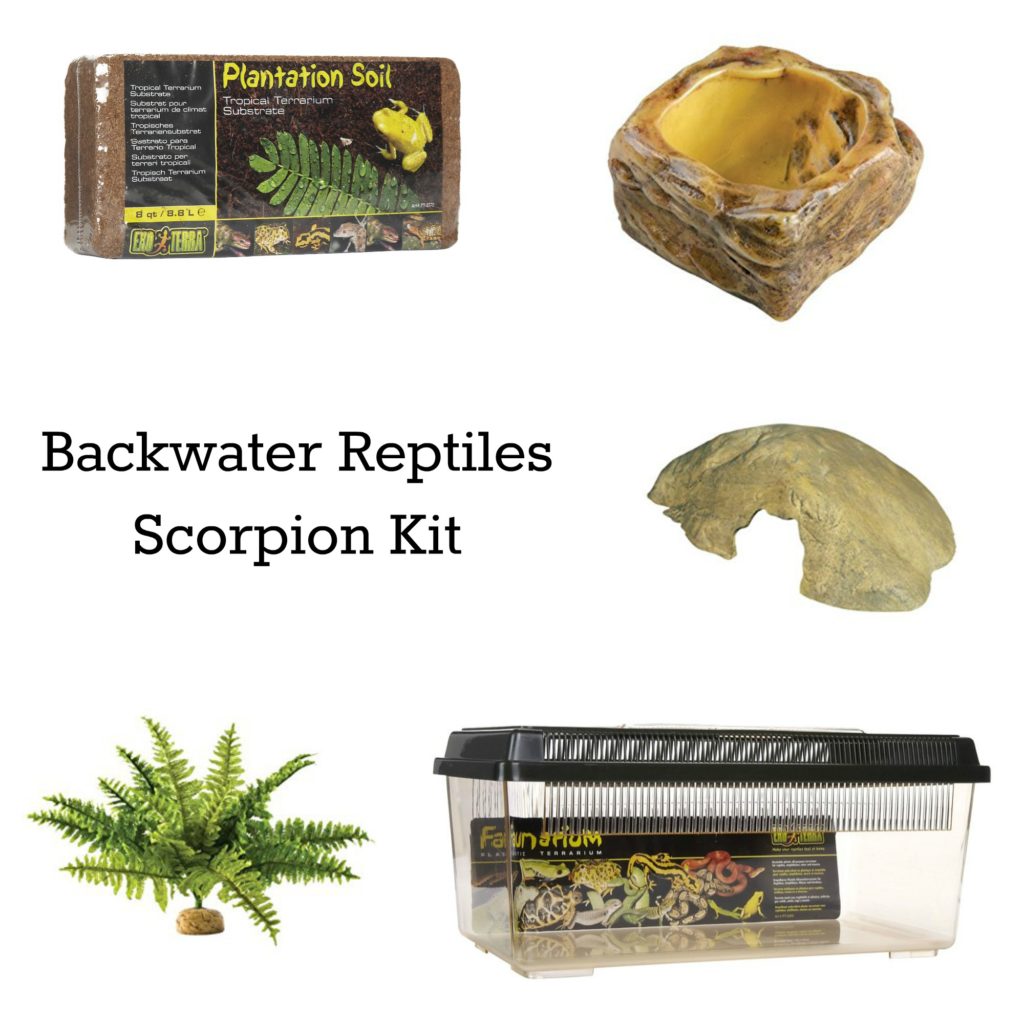
Hide Space – Scorpions are by nature pretty shy and secretive, so a hide space is essential. They require an area where they can feel secure and invisible from predators.
There are any number of hides you can make or purchase. We prefer something simple with a bit of weight to it so that the scorpion can’t accidentally displace or dislodge it.
Water Dish – Although you’ll likely never ever see your pet scorpion drinking water, it is still in the best interests of your scorpion to provide a sturdy water dish.
A water dish helps maintain proper humidity levels and is also important for hydration should your scorpion become thirsty.
We highly recommend a dish that is heavy enough to stay put. You don’t want a light weight dish that will tip over or spill water everywhere within the scorpion’s cage as this could lead to the growth of mold or fungus.
Foliage/Plant – Scorpions don’t need a lot of cage accessories to do well in captivity. Because they usually do best in relatively small enclosures, we recommend a small plastic plant that doesn’t spread out or stick up too high. This gives a natural look to the cage and also provides a bit of decoration.
Heating Pad/Heating Mat – If you maintain decent temperatures and don’t allow your room to grow too cold or too warm, most scorpions don’t absolutely require a heating element, although we do recommend it to at least give them the option to thermoregulate.
If you do choose to provide a heating element, we don’t recommend heat lights or lamps as scorpions tend to avoid light and will simply hide from it all day. Rather, we recommend investing in a heat mat that you secure to the side of the enclosure. Because scorpions are known for burrowing, sticking the mat to the bottom of the tank might actually create temperatures that are too warm and you could inadvertently “cook” your scorpion!
Springtails – Believe it or not, springtails are actually something living that you can add to your scorpion’s set up in order to promote a healthy cage ecosystem. They are however not a necessary addition to your scorpion’s set up and are completely optional.
Springtails are actually tiny little bugs that are helpful in breaking down waste elements in the scorpion’s environment. This is beneficial to all parties because this means you have to clean your scorpion’s enclosure less frequently and your scorpion is not walking around in its own waste.
Remember how we mentioned that you want to be careful when choosing a water dish as you don’t want to create excess moisture that could lead to fungus and mold growing within the scorpion’s enclosure? Well, springtails can actually help alleviate mold and fungus, so they are also beneficial when it comes to keeping harmful and invasive elements out of your scorpion’s environment.
How do I set up a scorpion enclosure?
Once you’ve obtained the items on the list above (read more on where to purchase these items later on in this article), it’s a very straight forward, simple process to prepare your scorpion’s enclosure.
The first step is to line your enclosure with your chosen substrate. Make sure that it is at the proper moisture level. Desert scorpions should have dry substrate, while tropical species should have more moisture. Usually you want the substrate to be damp but certainly not dripping.
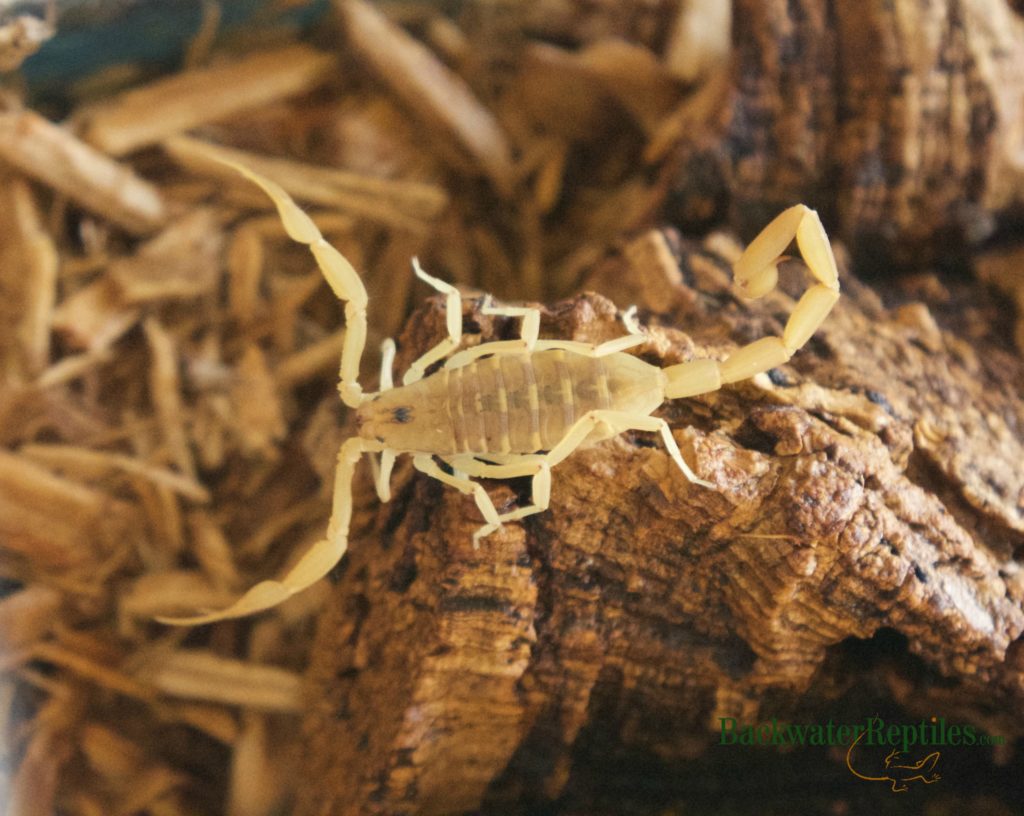
If you have a heating pad, secure it to one side of the enclosure, preferably on a side wall and not on the bottom of the tank.
All of the other elements of the set up – the water dish, the hide space, and the faux foliage – can be placed however you desire within the cage. We usually like to keep the water dish on the same side as the heat because the evaporation helps to maintain moisture levels. Just be aware that if you choose this option, you’ll likely need to refill the water dish more frequently.
As you can see, setting up the enclosure for a scorpion is really not rocket science. You basically just place the objects listed above in the cage as you choose and – voila – your scorpion’s home is ready to go!
What types of scorpions is this set up appropriate for?
This type of set up will work excellent for just about every type of scorpion available to keep as a pet.
We’d like to point out that the only real difference in cage set ups to be aware of is that desert scorpion species will require a dry substrate, whereas tropical species will require a moist substrate.
Otherwise, you can follow our instructions for setting up this type of scorpion enclosure for any species!
Where can I buy a scorpion enclosure kit?
If you’re wondering where to get all of the items listed above, it’s really actually very simple. Backwater Reptiles not only sells pet scorpions, we also sell scorpion kits!
Contained within the kit is the actual cage/terrarium itself, substrate, a plastic plant, and a water dish. The only items not included would be a heating pad and the springtails, although as we’ve mentioned, both are optional.
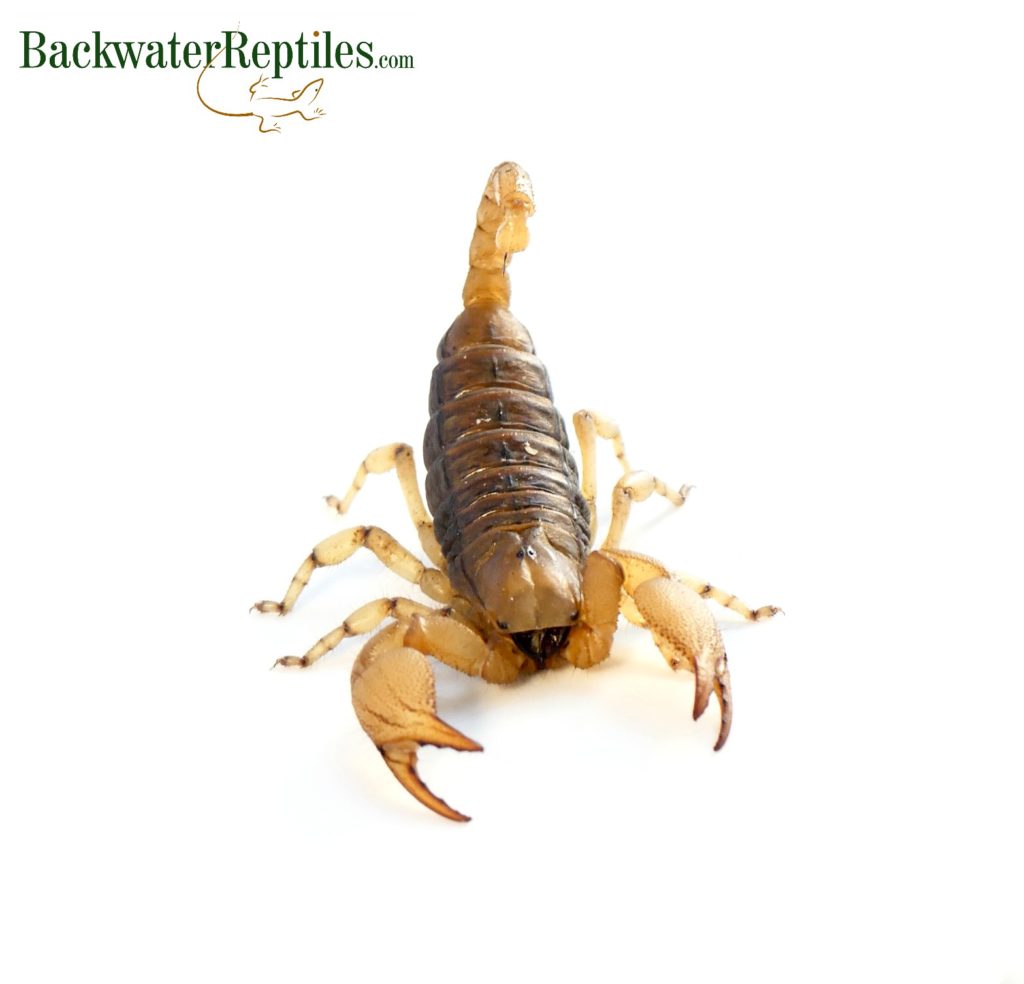
All you need to do to find our scorpion kits is visit any “scorpion for sale” page and scroll down to the bottom of the page. There you will find listed two different sized scorpion kits. You can select from small/medium and medium/large depending on the size of your pet scorpion.
If you do wish to buy a heating element, you can go to any commercial pet store and obtain a reptile heating mat for relatively low cost.
You can also go to a commercial pet store to purchase all the elements included in the Backwater Reptiles scorpion kit, however it does save you time, energy, effort, and money to purchase a kit/bundle.
Unfortunately, springtails are not sold by Backwater Reptiles. They are also not commercially available in pet stores. If you wish to add springtails to your scorpion’s little ecosystem, then your best bet is to purchase them online.
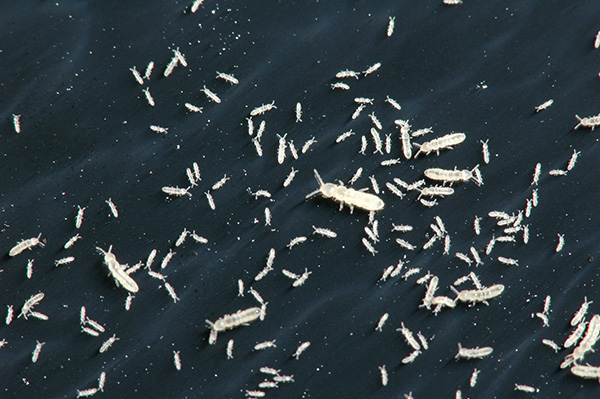
How to set up a scorpion enclosure video tutorial
Although we’ve written out how to set up a scorpion’s enclosure and detailed the supplies needed to do so, we’ve also included a brief video tutorial that walks you through the same process. You can view it below.
Conclusion
We hope this article has shown you how simple and easy it is to set up a scorpion’s enclosure.
Scorpions can make awesome pets for the right owner. If you want a very low maintenance pet that is mostly “for looks,” then a scorpion would be a good fit.
Although they’re not a very hands on or interactive pet, they can be very rewarding to keep and show off to friends and family.
But please, be smart when buying a scorpion. Make sure that if you do handle it, you do so with extreme caution. Although scorpions are not lethal (unless you have an allergy), their sting is still painful.
Don’t miss our other scorpion-related articles including:

